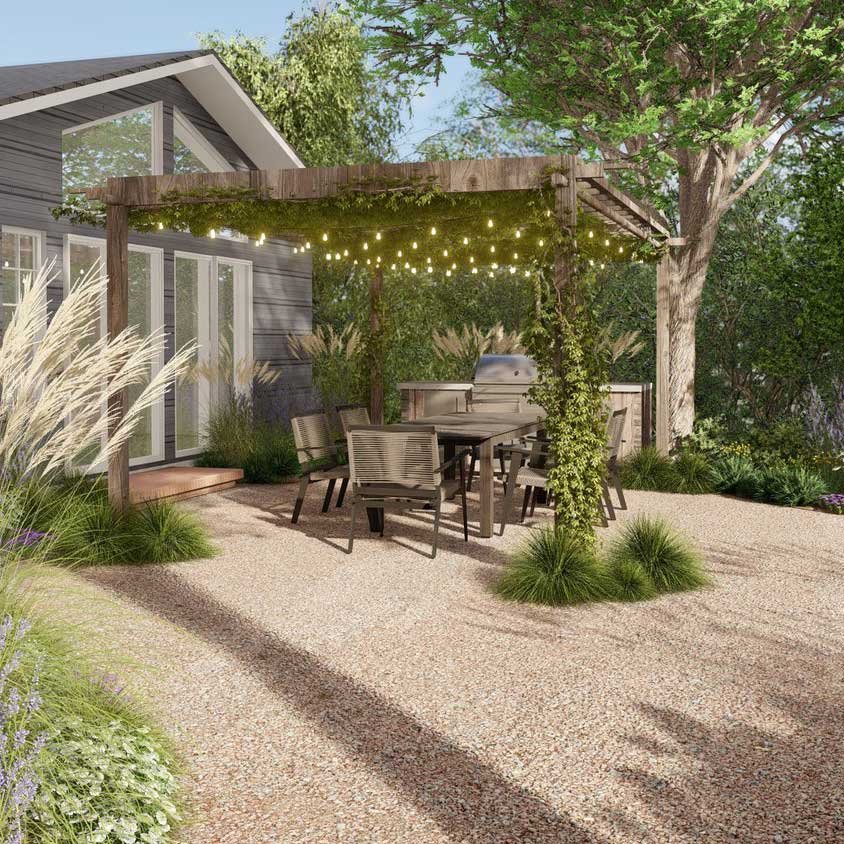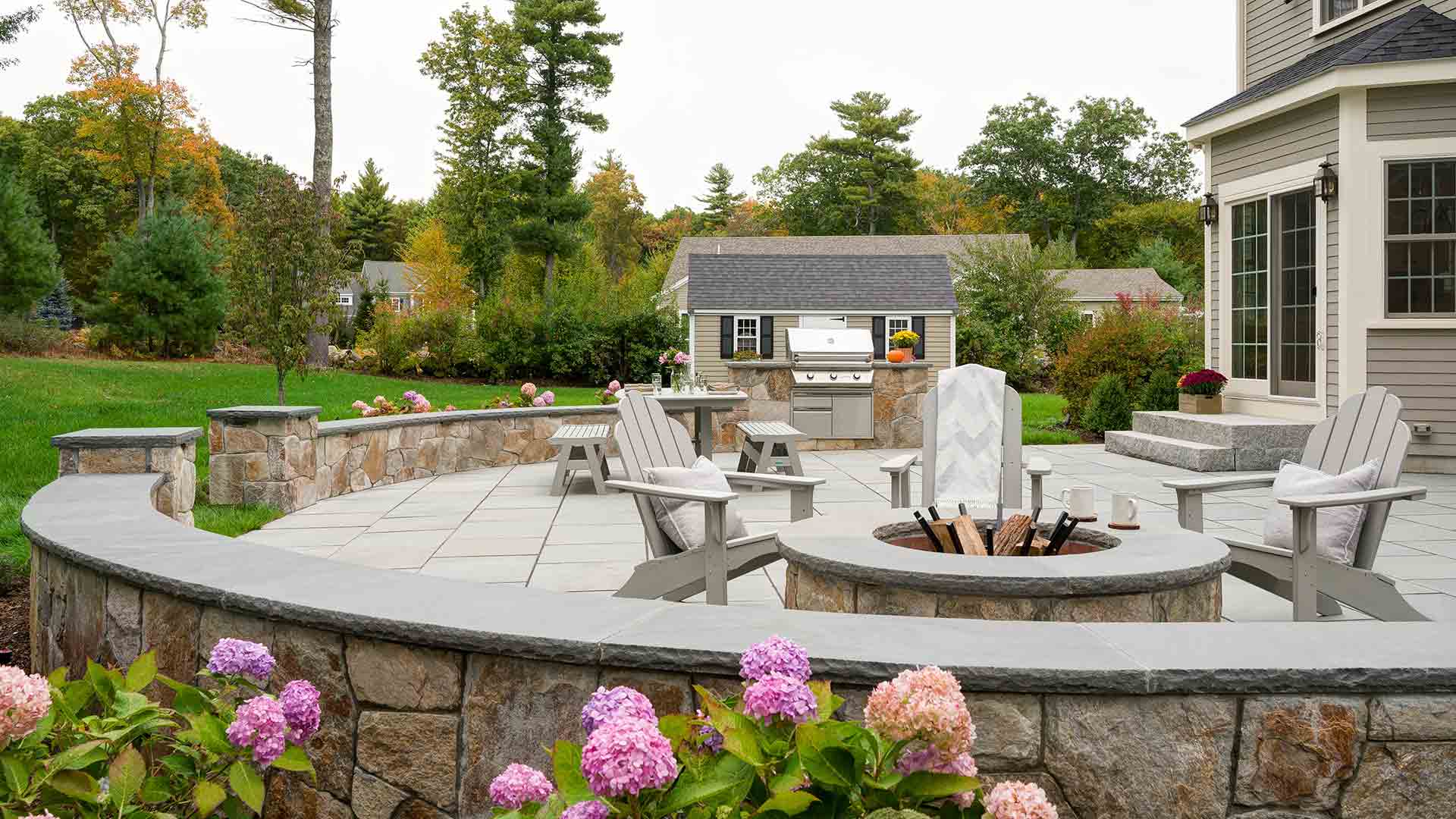Get This Report about Landscapers
Table of ContentsHow Landscapers can Save You Time, Stress, and Money.How Landscapers can Save You Time, Stress, and Money.6 Simple Techniques For LandscapersThe smart Trick of Landscapers That Nobody is DiscussingTop Guidelines Of Landscapers
- A tree or shrub (hedge) that sheds its leaves in winter season. In the PNW there are semi-deciduous or semi-evergreen plants that may lose their leaves depending upon exactly how chilly the winter months is. Abelia and some hebe are good examples. Landscapers. - A level celebration space, made of timber or composite material (made to appear like wood), usually nearby or affixed to a structure.

- Granite that is weathered to the factor that it is a very great accumulation. This is a natural procedure, and the outcome can be used for paths and patio areas. Disintegrated granite is typically referred to as DG. It is specifically useful in contemporary landscapes. - Trick landscape features being suggested in a landscape layout strategy.
Not known Factual Statements About Landscapers
These objectives lead the layout procedure, not the developer's design or choices. Typical design objectives in Portland are reduced upkeep, dry spell forgiving, and pet friendly. - Process for eliminating or thinning the dead lower level of a mature lawn. Thatch is grass that has actually passed away and accumulated below the eco-friendly blades.
Over time this layer can get very thick and make it challenging for water, sun, and nutrients to obtain to parts of the turf.- The procedure of gathering and controlling the circulation of water on a residential property. This can be performed with grading, French drains, completely dry wells, permeable surfaces, sump pump, rainfall gardens, and a lot more.
Feature at the end of hills, with all-natural springs, or complete of heavy clay have one of the most drainage problems.- A slow-moving feeding irrigation system that utilizes versatile tubes and emitters to send a precise amount of water per plant. This is one of the most efficient approach of irrigating plants. - The capability of a plant to survive without much summertime water.
- A yard function where water is stood for by an aggregate stone item, usually a gravel or granite. These are most generally discovered in modern-day and Japanese garden style.- A rock or flagstone patio, course, or sidewalk developed without a concrete base. The base would certainly be compressed gravel and the joints would be an aggregate or walkable ground cover.
Rumored Buzz on Landscapers
- A stone retaining or free standing wall surface developed without making use of mortar. A very skilled mason is needed for a dry stack rock wall. The majority of wall surfaces in Portland are moist piled, even if they seem. - A below ground structure that accumulate water and enables it to reduce percolate into the soil around it.
Landscape design that works with a sites' setting in both appearance and sustainability More Help without negative impacts to the setting. Edging in the landscape is a line of separation that creates aesthetic interest in the garden by dividing one sector from one more sector. This can be aesthetic or practical, maintaining one component (such as pea gravel) from obtaining mixed into an additional (like bark dust).
Locations can additionally have a feeling of "room" given by trees, other plantings, fences, or displays. The landscape near the access to a building. A tree, bush or vine, trained to grow on a wall surface or fencing right into a particular pattern. Specifically valuable for fruit trees, making it easy to gather the fruit and containing mess.
A plant that is not native to the place where it will certainly be grown. Thicker bladed turf lawn that spread through rhizomes.: The level of soil on your residential property prior to bark dirt or garden compost is spread.
The Single Strategy To Use For Landscapers

The purpose, reason, or activity that a location is be landscaped for. Stairways work, for instance, to enable foot traffic up and down an incline. Space for expanding plants for seeing, consuming, or exercise. A roofed structure used over an outside celebration area. The sprouting of a seed, perhaps referring to a grass that is being grown from seed.
Reduced plants that are enabled or urged to spread out over a location. Can refer to any "difficult" garden aspects consisting of statuary or rocks but a lot of commonly is made use of to refer to paths, outdoor patios, and walls.: Elevation distinction in between the degree of water in a pond (or the level of the pump if it sits outside the fish pond) and the top electrical outlet of water which impacts performance of the water pump in gph (gallons per hour).

Some Ideas on Landscapers You Should Know
A more loosened up garden dominated by curved rather than straight bed lines and a much less inflexible structure. Typical PNW landscapes are informal. A plant that spreads out more than wanted, or into environments where it does damage. Portland has a checklist of invasive plants that need to not be set up in landscapes due to the fact that they can spread to woodlands or waterways and be tough to control.
Can include head placements and protection, pipeline sizing, GPM specifications, and products required to mount this system. Licensed professional who makes landscapes, educated in design and architecture as well as in horticulture.
The expert who prepares and creates landscape tasks, usually at a property or little industrial level with the major design inspiration on growings. Landscape designers commonly have much less education than Landscape Architects and are not accredited. A finished landscape layout, describing all components for the brand-new landscape. This normally takes the type of a drawing on paper.
Calcium material used to elevate the pH in dirt, which will certainly make it less welcoming to moss. A water tight HDPE material used below fish ponds, streams and waterfalls in water functions. Using many growings of the very same range to fill in an area in the landscape. This can decrease upkeep and water use in the garden.